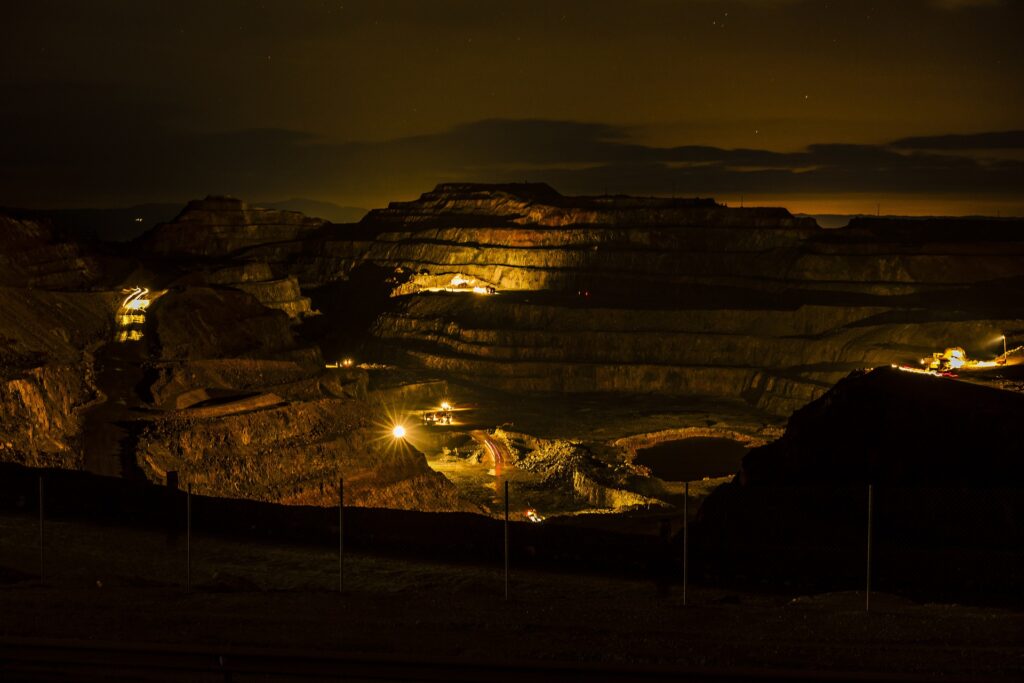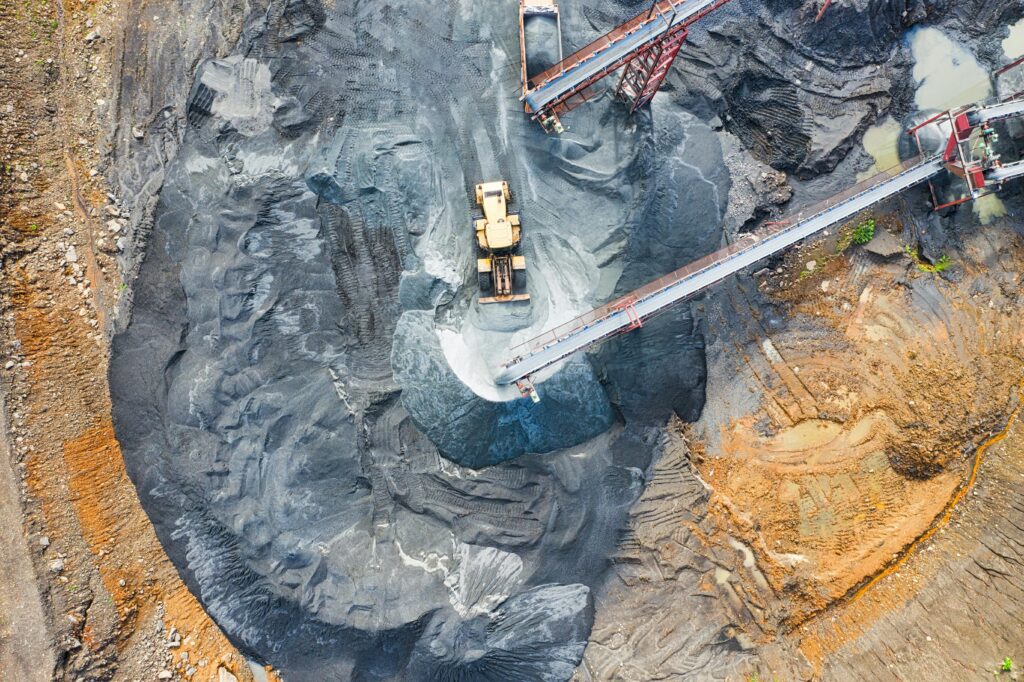Mineral royalties have a long history and are common in the resource extraction industry. They represent a critical link between resource owners, operators, and investors. There are a number of forms of common royalty arrangements, each requiring a different legal, economic, and technical considerations. Here are the common ways royalties are created: 1. Mineral Rights Leasing Landowners who hold mineral rights lease these rights to mining operators, granting permission to extract resources in exchange for a share of production or revenue. This arrangement often involves specific royalty structures, such as net smelter return (NSR) or gross overriding royalty (GOR), which dictate how payments are calculated and tied to the value of refined or total production. 2. Royalty Purchases Royalty interests can be bought and sold, transforming future income streams into upfront capital for sellers and long-term revenue for buyers. These transactions are carefully structured, relying on resource assessments, operational feasibility studies, and financial modeling to determine the fair value of the royalty. 3. Government-Imposed Royalties Governments impose royalties on mining operations to capture a share of the revenue generated from public mineral resources. These royalties vary by jurisdiction, with rates often linked to gross revenue, net profits, or production volumes. They are designed to balance public benefit with the economic sustainability of the mining operation. 4. Private Agreements Privately negotiated royalties are tailored to meet the needs of both the mineral rights holder and the mining operator. These agreements often include customized terms, such as minimum payment guarantees or tiered royalty rates, ensuring that the financial interests of both parties are aligned with the operational success of the project. 5. Production Payment Royalties These royalties are finite, ceasing once a predetermined production or revenue threshold is reached. Structuring these agreements requires detailed forecasting to ensure that both parties have a clear understanding of how and when the obligations will be met. 6. Streaming Agreements Streaming agreements combine upfront funding with long-term royalty-like payments, allowing mining companies to finance operations while providing investors with a predictable share of production. These agreements often include highly specific financial terms to manage risks and ensure mutual benefit over the life of the project. 7. Legacy Royalties Historical agreements create royalties that endure for decades or longer, often under terms that reflect the conditions of their time. These royalties can include fixed rates or outdated clauses that may require renegotiation or modern interpretation to maintain compliance with current industry and legal standards. Why Mineral Royalties Matter Each royalty contract is its own unique balance of financial, legal, and operational considerations, reflecting the complexities of resource extraction. Understanding how royalties are created is critical for evaluating their long-term value and ensuring they are managed effectively. At Precision Mineral Accounting, we specialize in navigating these complexities. We offer expert guidance to help royalty holders protect and optimize their interests in an ever-changing industry.



